In the world of footwear, understanding size conversions is crucial, especially when considering the differences between men’s and women’s shoe sizes. Whether you are shopping for yourself, a friend, or family member, knowing how to convert men’s sizes to women’s can make all the difference. This comprehensive article will explore the conversion process, offer practical tips, and highlight services and technologies that can help you find the perfect fit.
Why Shoe Size Matters
Shoe size plays a significant role in overall comfort and foot health. Wearing shoes that don’t fit properly can lead to a range of health issues, from blisters to long-term foot damage. Therefore, understanding the conversion between men’s and women’s shoe sizes is essential, especially as more individuals explore styles traditionally marketed towards the opposite gender.
Men’s Size vs. Women’s Size: The Basics
To grasp how to convert men’s shoe sizes to women’s, it is important to understand the basic differences in sizing systems.

General Size Conversion Rule
Typically, there is a straightforward conversion formula that can be applied:
- To convert a men’s shoe size to a women’s size, add 1.5 to the men’s size.
- For example, if a man wears a size 10, his equivalent women’s size would be 11.5.
Understanding Sizing Standards
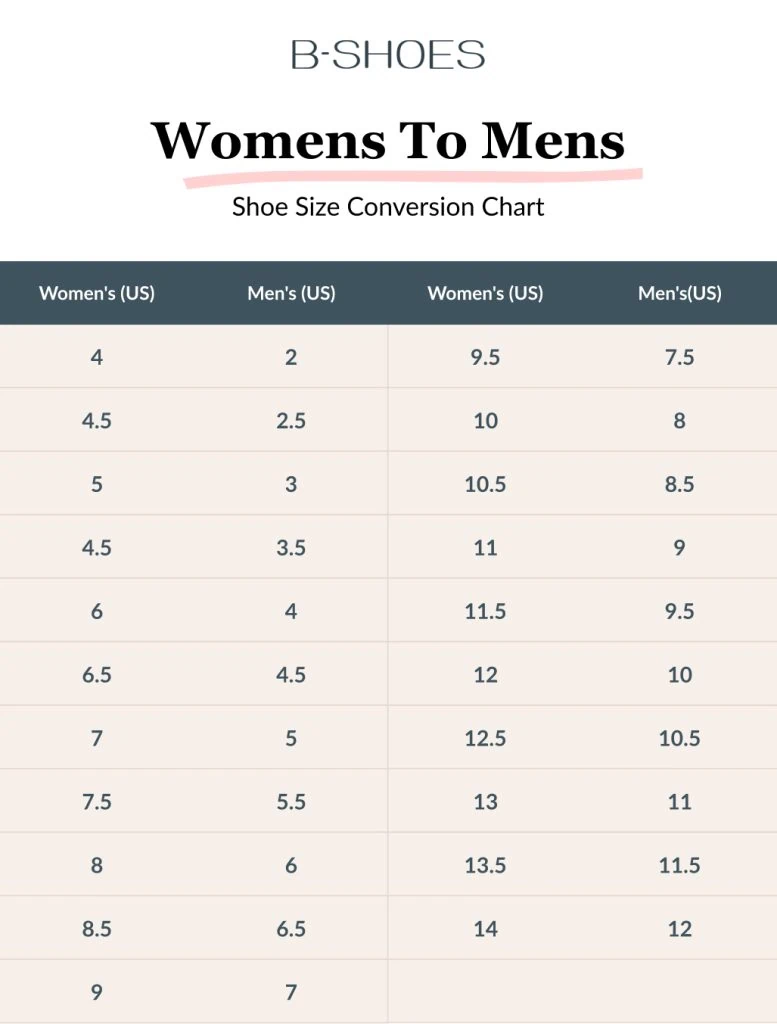
Sizing standards vary by brand and style, so always check specific size charts when available. Moreover, some brands may have unisex sizing, complicating the conversion process. Here is a basic conversion chart based on typical standards:
Men’s to Women’s Shoe Size Conversion Chart
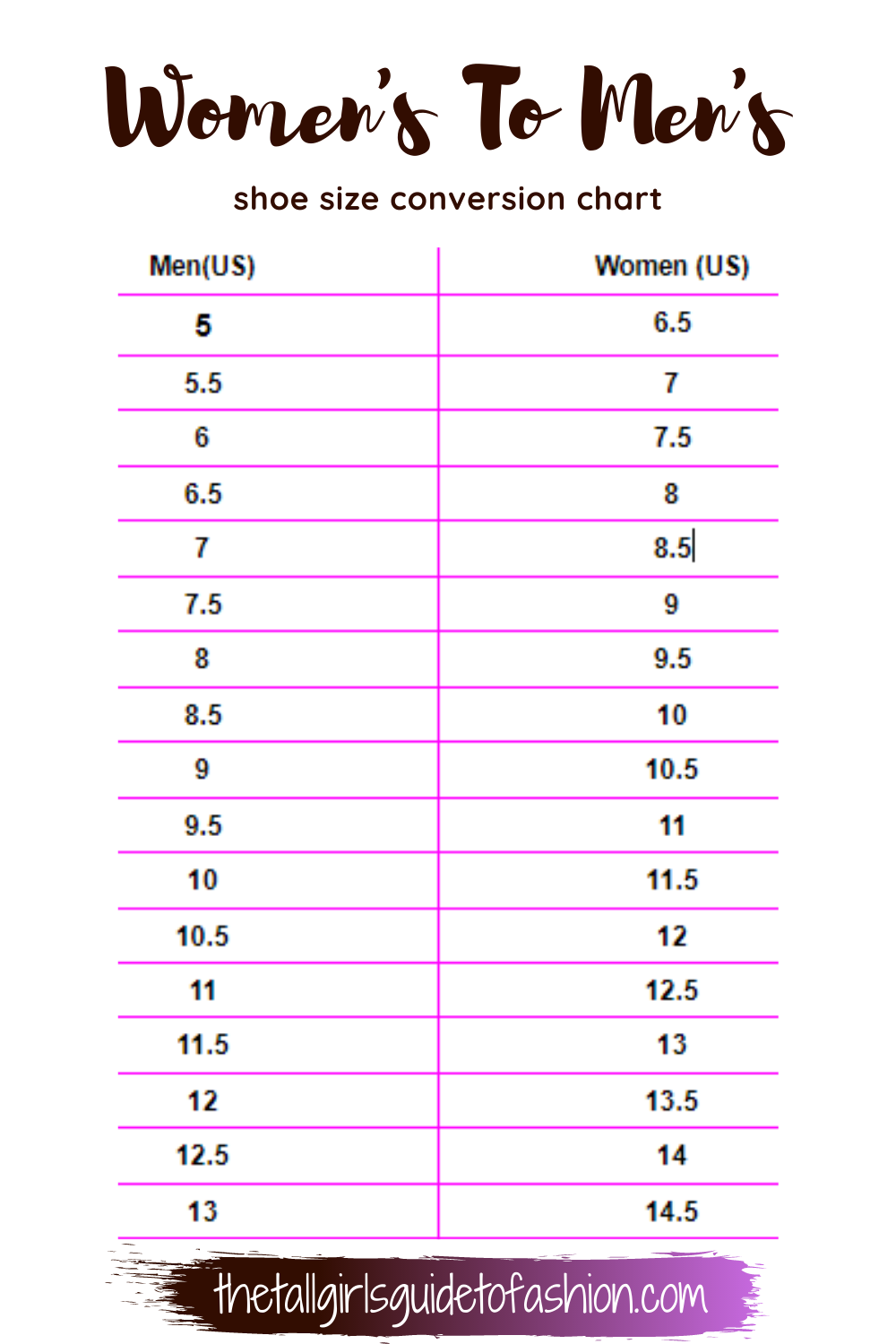
| Men’s Size | Women’s Size |
|---|---|
| 6 | 7.5 |
| 7 | 8.5 |
| 8 | 9.5 |
| 9 | 10.5 |
| 10 | 11.5 |
| 11 | 12.5 |
| 12 | 13.5 |
Factors Affecting Shoe Sizing
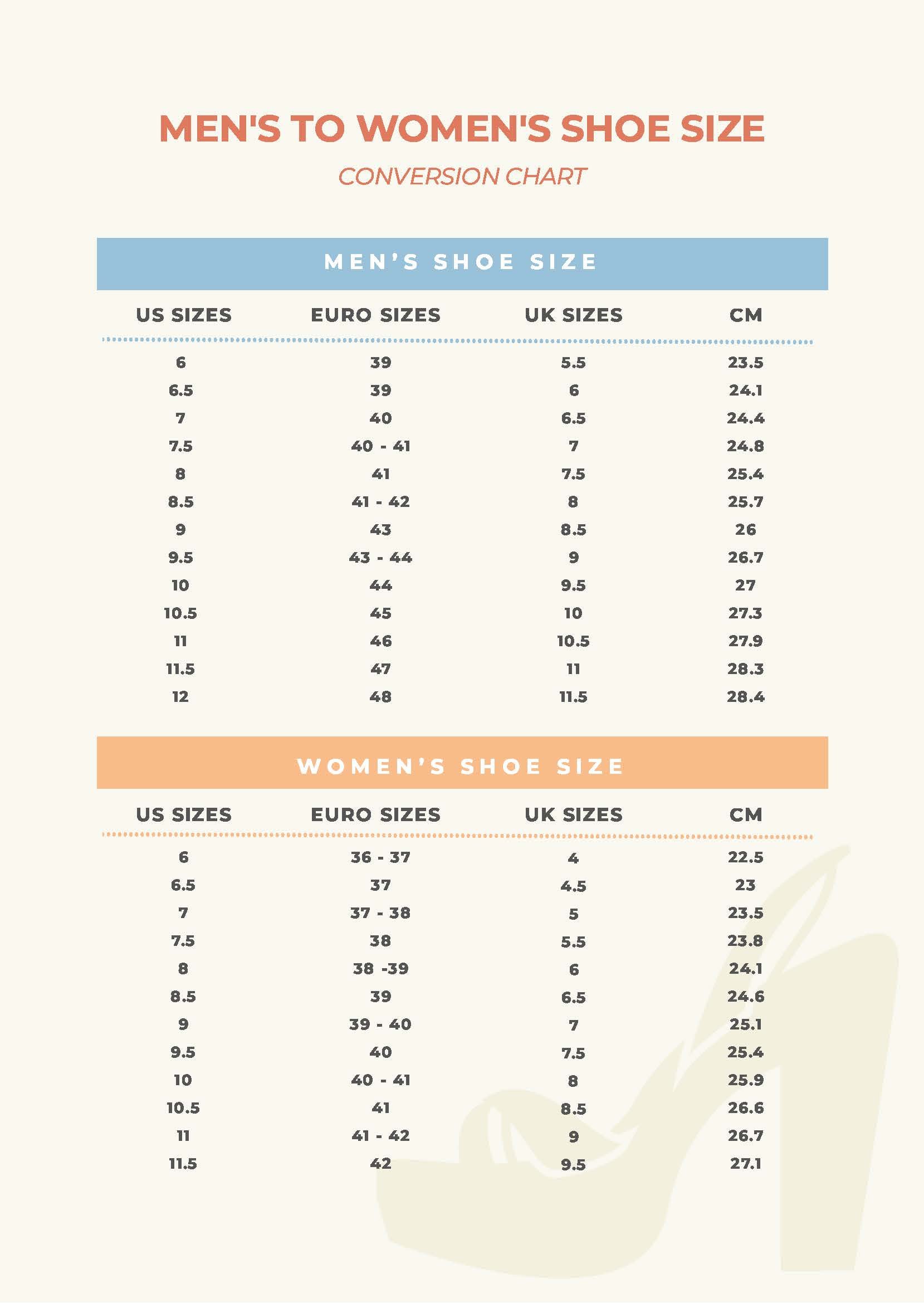
Several factors affect shoe sizing, including:
Foot Shape and Width
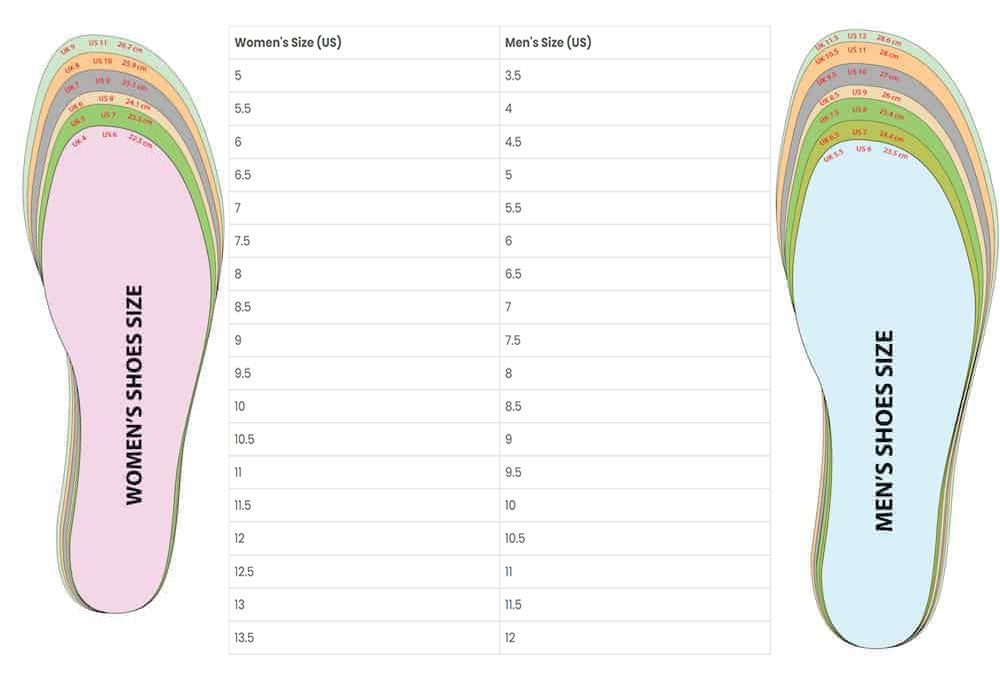
Foot shape varies between individuals, which means that even if two people wear the same size, the fit may differ. Men’s shoes often have a wider fit, so adjustments might be necessary when converting sizes.
Brand Differences
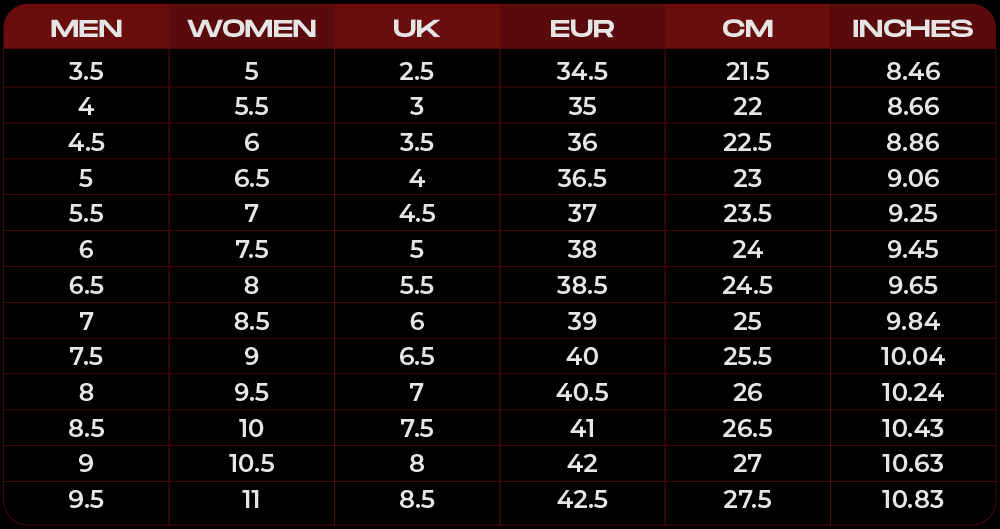
Not all shoe brands follow the same sizing standards. Some brands may run larger or smaller than others, emphasizing the need to consult specific sizing charts and customer reviews.
Where to Find Men’s Shoes in Women’s Sizes
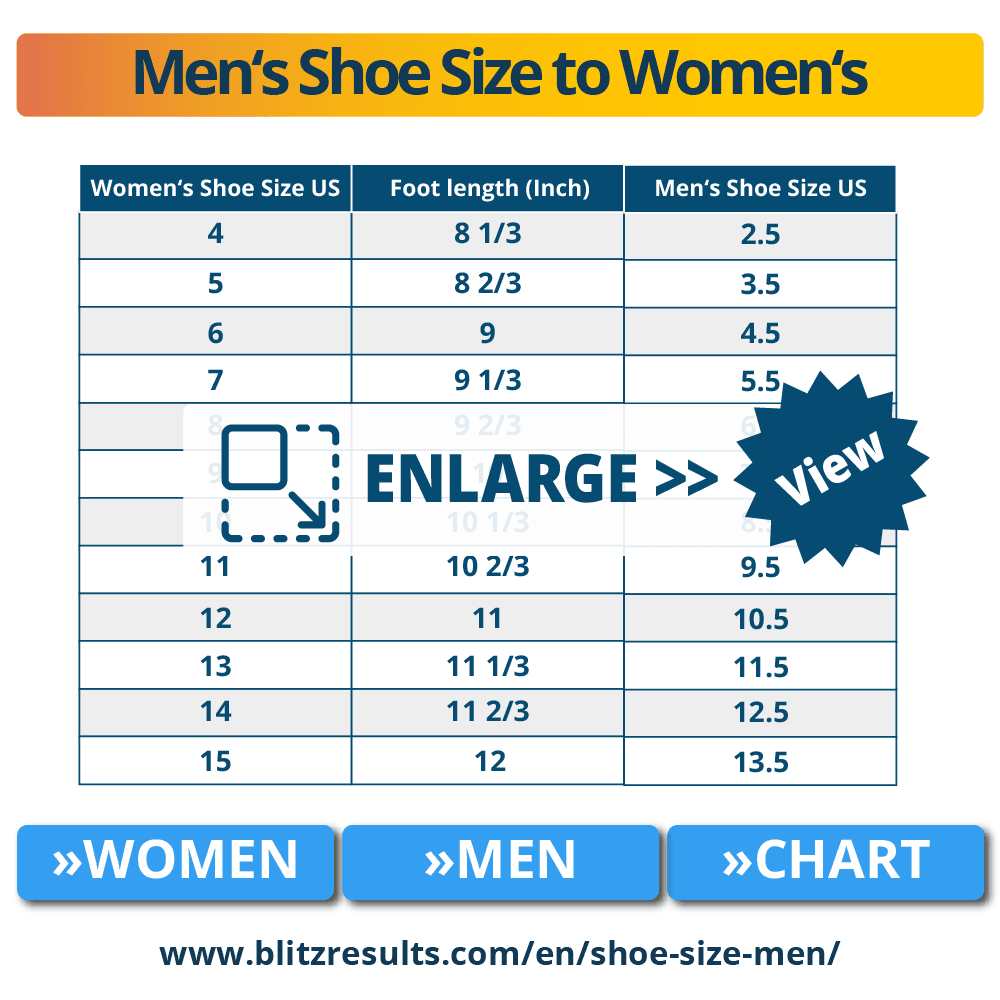
Shopping for shoes has never been easier, thanks to both physical and online stores catering to diverse size needs. Here are some avenues to explore:
Retail Stores
- Department Stores: Major retailers like Macy’s and Nordstrom often have extensive shoe sections with helpful staff to assist with conversions.
- Shoe Stores: Specialty shoe stores provide knowledgeable staff and a range of brands to try on.
Online Shopping
Many online platforms offer comprehensive size guides and user reviews that can aid in finding the best fit.
Popular Online Shoe Retailers
- Amazon
- Zappos
- ASOS
- DSW
Technologies and Services Making Shoe Shopping Easier
Modern technology has introduced numerous solutions to help shoppers navigate sizing challenges:
3D Foot Scanning Technology
Companies like Theseus utilize 3D foot scanning technology to recommend sizes based on a user’s foot dimensions. This method can lead to more accurate size selections, reducing the likelihood of returns.
Virtual Fitting Rooms
Some online retailers offer virtual fitting rooms, allowing customers to visualize how shoes will look on their feet without trying them on. This innovation is paving the way for smarter shopping.
Size Recommendation Algorithms
Many online shoe retailers employ algorithms that analyze your previous purchases and returns, suggesting sizes based on your shopping history. Companies like FitFinder are at the forefront of this technology.
Tips for Finding the Right Fit
When converting sizes and shopping for shoes, here are some practical tips to ensure comfort:
- Measure Your Feet: Use a measuring tape to find the correct length and width of your foot. This can vary over time, so regular measuring is advisable.
- Read Reviews: Customer reviews often contain insights about sizing and fit, which can help guide your decision.
- Try Before You Buy: If possible, try on the shoes first. If buying online, ensure the retailer has a flexible return policy.
- Consider Footwear Type: Remember that different types of shoes (e.g., sneakers, dress shoes) will fit differently, so consider your specific needs.
Pros and Cons of Different Shoe Shopping Methods
In-Store Shopping
Pros:
- Immediate access to try on shoes for fit.
- Personalized advice from sales associates.
Cons:
- Limited selection compared to online stores.
- Time-consuming, especially during busy shopping seasons.
Online Shopping
Pros:
- Wider variety of styles and brands.
- Convenient, allowing for shopping anytime, anywhere.
Cons:
- Risk of incorrect fit without trying on first.
- Potential shipping costs and delays.
Conclusion
Understanding how to convert men’s sizes to women’s shoes is essential for everyone, from avid shoppers to those just starting to explore different footwear options. By knowing the basic conversion rules, utilizing the right resources, and considering the various technologies available, you can confidently navigate the shoe shopping experience. Remember to prioritize comfort and fit for improved foot health, regardless of whether you’re purchasing shoes designed for men or women!
FAQs about Men’s Size Converted to Women’s Shoes
1. How do I convert men’s shoe sizes to women’s sizes?
To convert a men’s shoe size to a women’s size, simply add 1.5 to the men’s size. For example, a men’s size 10 would be a women’s size 11.5.
2. Are there any significant differences in shoe fits between men’s and women’s shoes?
Yes, men’s shoes are generally wider than women’s shoes. This can affect the overall fit, making it essential to consider trying on shoes before purchase.
3. Why is it important to find the right shoe size?
Wearing the wrong size can lead to discomfort, foot pain, and long-term foot issues. Proper fitting shoes are crucial for foot health.
4. Can I buy men’s shoes if I’m a woman?
Absolutely! Many women wear men’s shoes for style or comfort. Just remember to convert the size accordingly.
5. What should I look for when buying shoes online?
Check for detailed size charts, read customer reviews, and ensure there is a good return policy in case the fit isn’t right.
For more tips and guidance on shoe sizing and style, consider checking reputable sources like the Modern Footwear Size Guide and the NFS Consumer Footwear Research.